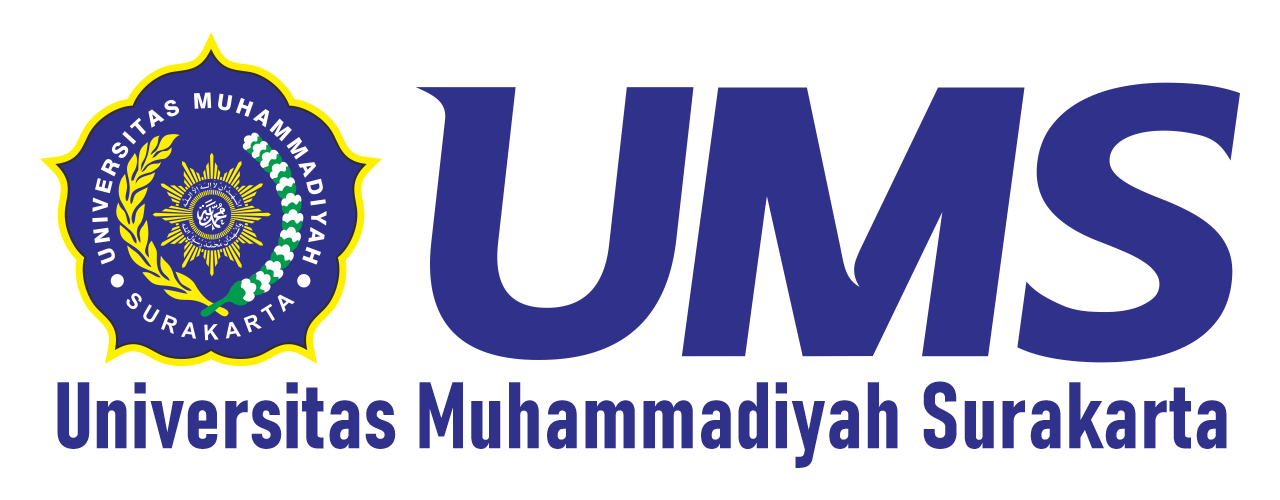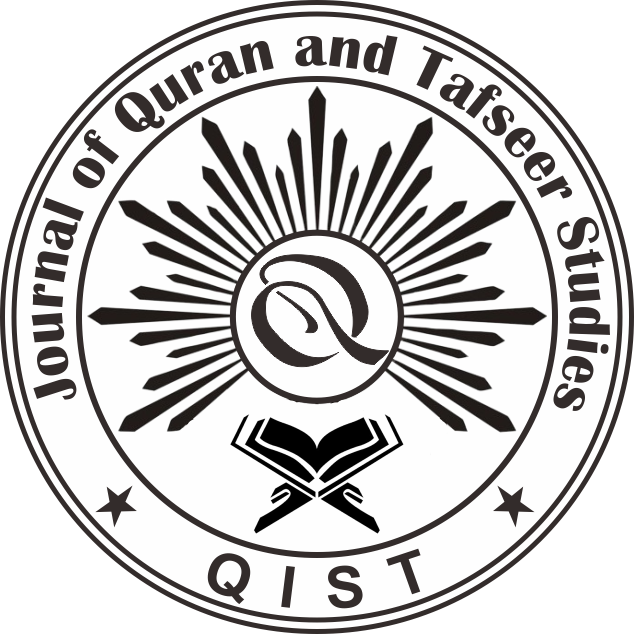QUR'ANIC RECEPTION THROUGH NUZULUL QUR'AN COMMEMORATION TRADITION AS A SYMBOL OF COMMUNITY UNIFYING IDENTITY
DOI:
https://doi.org/10.23917/qist.v1i3.2233Keywords:
Community Reception, Nuzulul Qur'an, Identity Symbol, Harmony, Ideological DiversityAbstract
This article discusses the community's receptivity to the Qur'an based on ethnographic studies in the Commemoration of Nuzul al-Qur'an which was held at the Khoirunnisa' Mosque and Majlis Taklim, Gondang Village, Wonopringgo District, Pekalongan Regency. The people in the area are very heterogeneous and consist of five ideologies namely Nahdlatul Ulama, Muhammadiyah, Rifa'iyah, and Nationalist. The commemoration of Nuzul al-Qur'an in the last 10 days of the month of Ramadan begins with the khataman of the Qur'an, general recitation, then the recitation of four important chapters in the Qur'an, namely Surat Yasin, Surat al-Rahman, Surat al-Waqi'ah, and Surat al-Mulk. The four surahs are believed by the community to be able to maintain security, order, integrity, unity, unity and the community to get ease of life in various ways. This series of commemoration of Nuzul al-Qur'an has been carried out from generation to generation with great enthusiasm and reverence by the community. Even though the heterogeneity of society is very high, the Commemoration of Nuzul al-Qur'an is able to become a symbol of the unifying identity of Muslim communities that bridges the diversity of societal ideologies.
References
Al-Qaththan, Manna. Mabahits Fi' Ulum Al-Qur'an .Riyadh: Muassasahar, 1976.
Az-Zarqani, Muhammad. Tt 'Abd Al-Azhim Manahil Al-'Irfan Fi 'Ulum Al-Qur'an, Volume I , Beirut: Dar Ihya' Al-Kutub Al-'Arabiy. Ahmad, Maghfur et.all. "Niqab, protest movement, and the salafization of Indonesian Islam", Qudus International Journal of Islamic Studies 9 (2), 423-462, 2021.
Djalal, Abdul. Ulumul Qur'an. Surabaya: World of Science, 2000.
D. Gill, Sam . "Nonliterate Traditions and Holy Books: Toward a New Model" . In Denny and Taylor, Holy Book , p . 234.
Esack, Farid. The Qur'an: A Short Introduction . London: Oneworld Publications, 2002.
Foad, Muhammad. "Islam, The Indonesian State, And Identity The Ideas Of Nurcholis Madjid And Abdurrahman Wahid" , Discourse . Vol. 7 No. April 1st, 2005.
Firdausia, Nury. "The Answering Quran Challenge Pluralism To Harmony Religious People", Ulul Albab . Vol, 14, No. 1, 2013.
Gade, Anna M. Perfection Makes Practice: Learning, Emotion, and the Recited Qur'an in Indonesia . Honolulu: University of Hawaii Press, 2004.
_____________. The Qur'an: An Introduction. Oxford: Oneworld, 2010.
Goldziher, Ignaz. Mazahib al-Tafsir al-Islami. Beirut: Dar Iqra', 1403.
Glaser, N & Moynihan, Dp. Ethnicity: Theory And Experience . Cambridge: Harvard University Press, 1981.
Harris, Marvin. Cultural Materialism, The Strange For Science Of Culture . New York: Vintage Books, 1980.
Hasby, Moh. Book Profile of Gondang Village. Pekalongan: Community, Women and Family Empowerment Agency Planned Regency Pekalongan, 2014.
Hurgronje, C. Snouck. The Acehnese. Leyden: Late EJ Brill, 1906.
Isser, Wolfgang. The Act of Reading; A Theory of Aesthetic Response . Baltimore: Johns Hopkins University Press, 1978. Nurani, Shinta and Luthfi Maulana, "Modern Arts of the Qur'an and its Aesthetic Reception of the Qur'anic Marble Inscription in Indonesia". Jurnal Studi Ilmu-ilmu Al-Qur'an dan Hadis, 24 (1), 23-38, 2023.
Rasmussen, Anne K. Women The Recited Qur'an, And Islamic Music In Indonesia,. London: University of California Press Ltd, 2010.
Rahman, Fazlur. Islam And Modernity: Transformation Of An Intellectual Tradition. Chicago: The University Of Chicago Press, 1999.
Ratna, Nyoman Kutha. Theory, Methods, and Techniques of Literary Research. Yogyakarta: Student Libraries, 2009.
Rofik, Ahmad. "Atomic reading of the Qur'an; Between Deviations and Functions", Journal of Al-Qur'an and Hadith Studies . Yogyakarta, Vol. 4, No. I January, 2004.
Syadali, Ahmad and Ahmad Rof'i. Ulumul Qur'an I. Bandung: Cv Pustaka Setia, 2000.
Safi, Omud. Memories Of Muhammad: Why The Prophet Matters. New York: Harperone, 2009.
Voorst, Robert E. Van. Anthology of World Scriptures . United States of America: Thomson Wadsworth, 2008.
Interview with KH. Taufiqurrahman As Elder or Central Figure in Wonopringgo District, Pekalongan Regency, on December 20 2020.
Interview with Mr. Fatkurrohman as the Nationalist ideological elder of Gondang Village, on 18 December 2020.
Interview with Rukhah, as Gondang Village's mother, on 12 December 2020.
Interview with Ustadz Ali, as the elder of Nahdlatul Ulama in Gondang Village, on December 16 2020.
Interview with Ustadz Mulyono, as an elder of Muhammadiyah in Gondang Village, on 23 December 2020.
Zayd, Nasr Hamid Abu. Naqd at-Khitab al-Dini . Cairo: Shina' Ii al-Nashr, 1994.
Downloads
Submitted
Accepted
Published
How to Cite
Issue
Section
License
Copyright (c) 2022 Shinta Nurani, Luthfi Maulana, Anidah Robani

This work is licensed under a Creative Commons Attribution 4.0 International License.
















